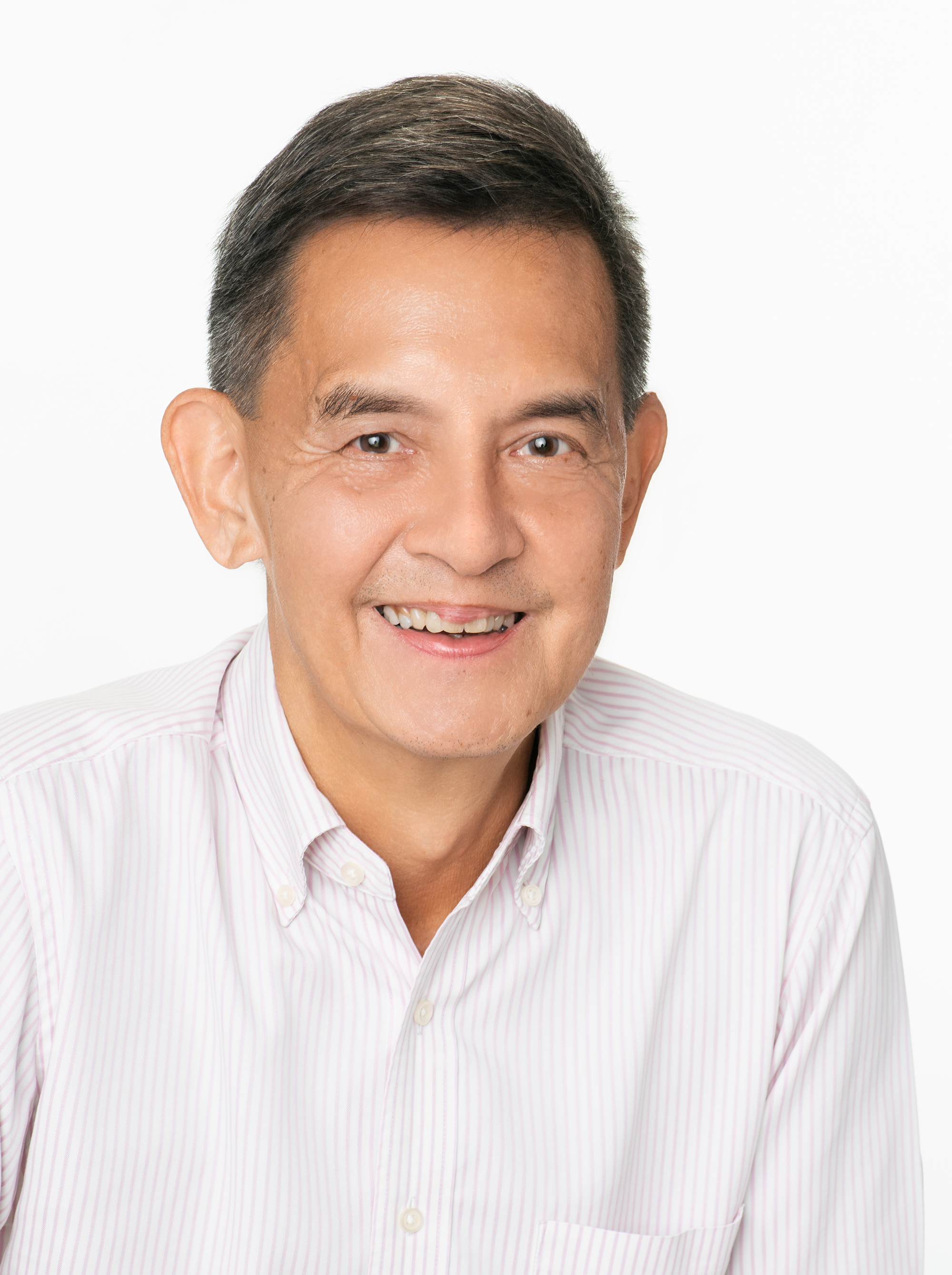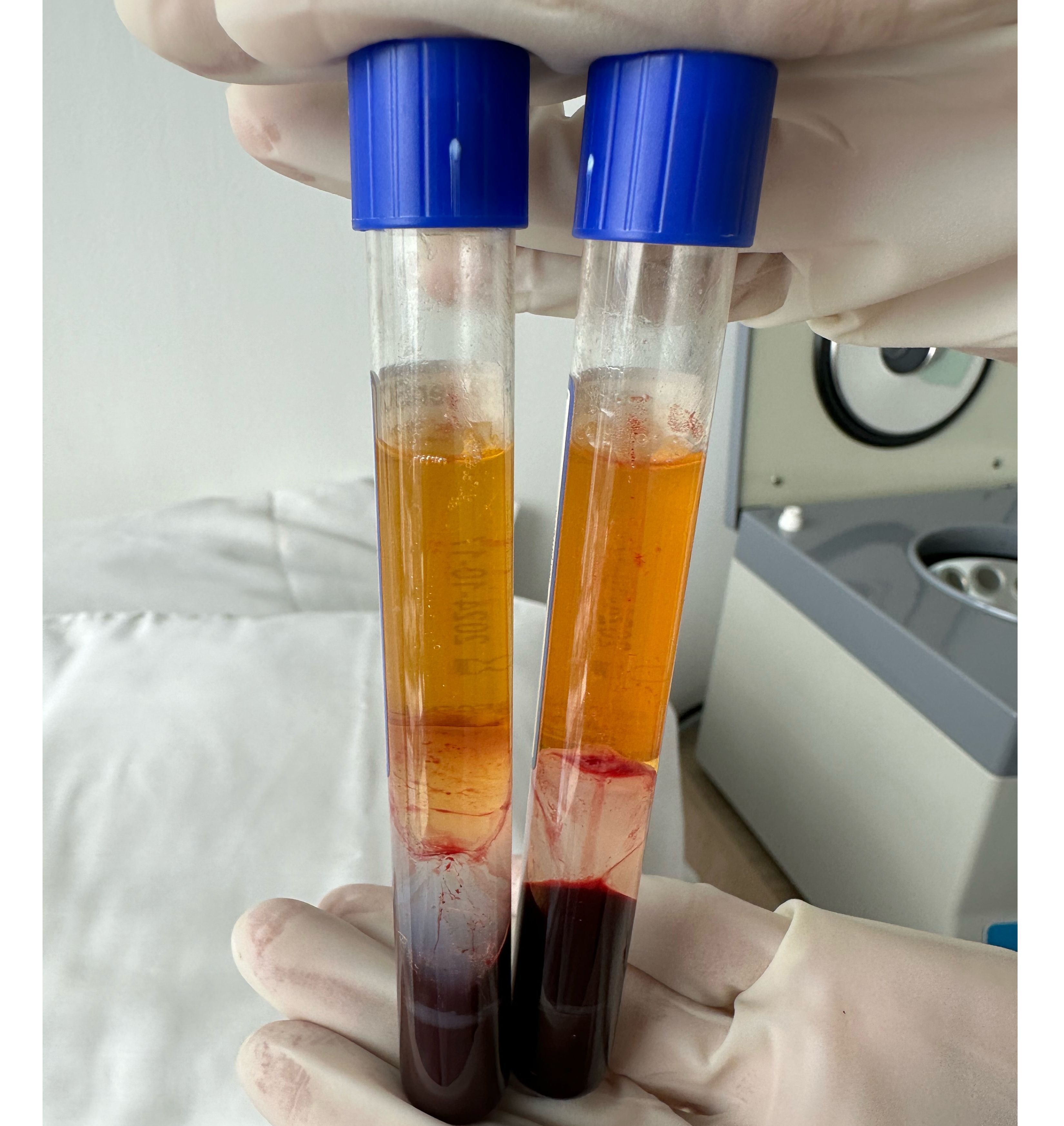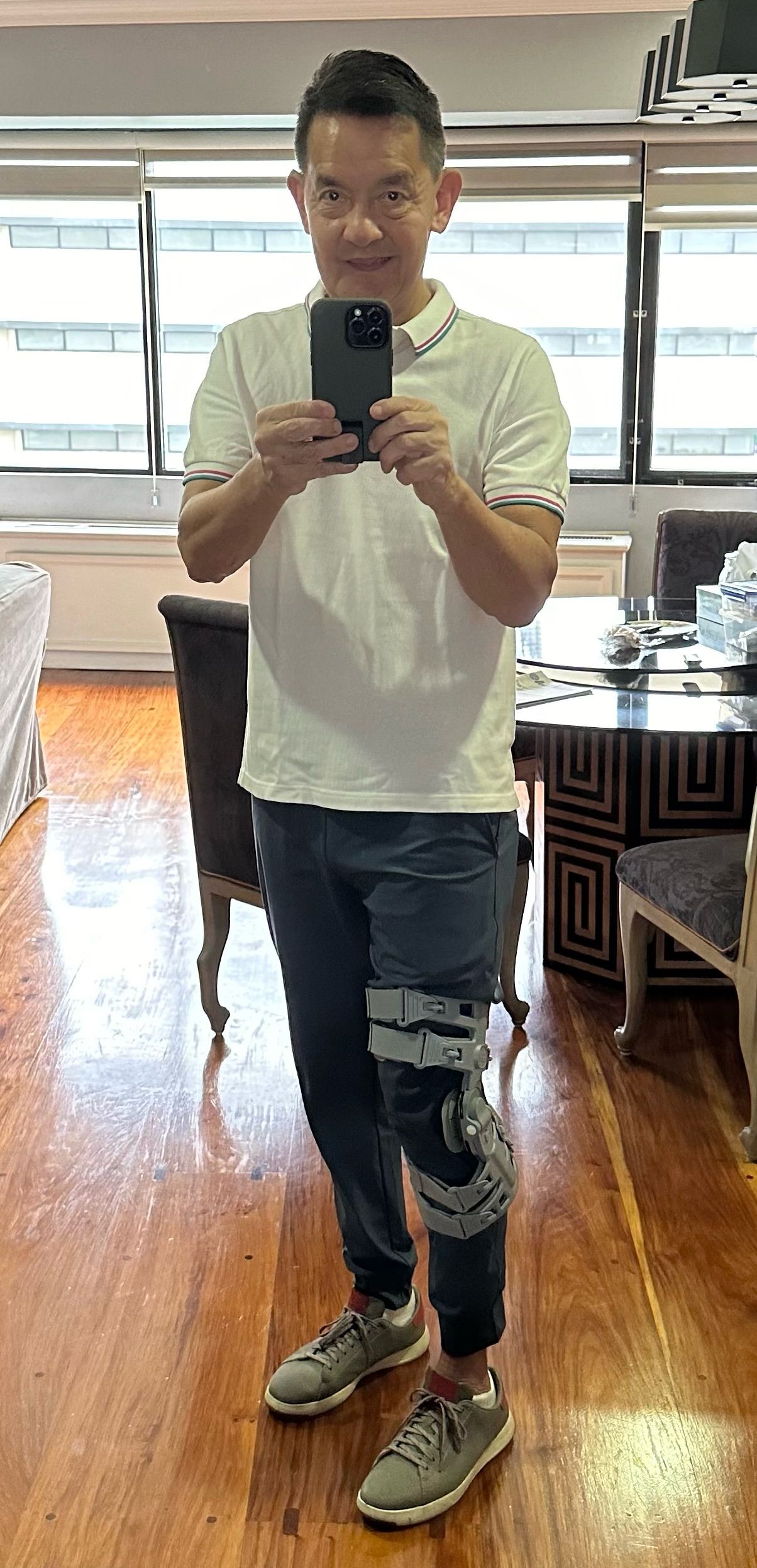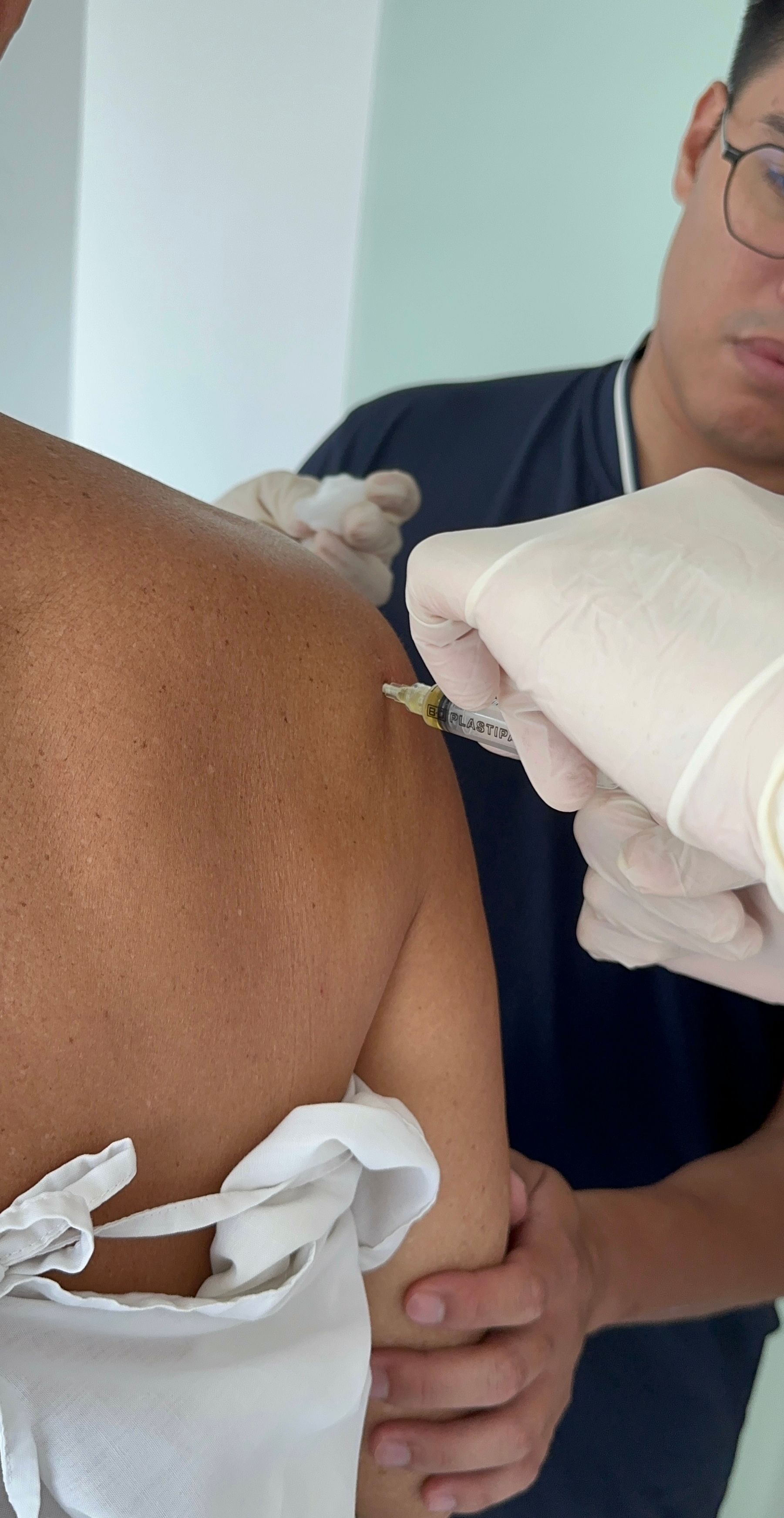HEARD IT THROUGH THE GRIPE-VINE
If you’re like me, living in denial of the aging process, then the column today is especially postmarked for you.
I play singles tennis at least three times a week, getting up by 6 a.m. to head to an outdoor court. And I’ve been doing this, akin to being gripped by ‘religion’, for more than 25 years now. It’s a ritual I’ve refused to let go of, as it’s my regular dose of exercise and sunshine. I hated the pandemic for several reasons, but being deprived of these hours of tennis would be one of the major reasons.
Early this year, I started experiencing knee problems, the sensation was that they felt swollen, would stiffen; and regressively, it would take longer to recover. Then there was the one day that while running to retrieve a ball, I felt something in my shoulder give, then tighten.
I would pass these off as ‘kulang ng stretching’ before playing, but I had to admit the nagging pain wouldn’t go away; and Issa said it was time to seek professional counsel. Asked around, and the name of Dr. Edgar Eufemio kept cropping up. He has his own Peak Form clinics - one at BGC, and one on Macapagal, near MOA, and holds clinic at Cardinal Santos.

The thing I immediately liked about Dr. Gar was that he had me do x-rays, didn’t prescribe or insist on some treatment, and truly listened to me. He readily laid out the options, and offered the pros and cons for each avenue we could take - starting with a course of non-invasive therapy and compression sessions, to the PRP (Platelet Rich Plasma) - Hyaluronic acid route, and with surgery as the last resort. He even explained how each came with no guarantees, and spelled out the ballpark costs for each protocol.
In the course of our discussions, we’d touch on books; and he mentioned this medical book When Doctors Don’t Listen: How to Avoid Misdiagnoses and Unnecessary Tests. Written by two US doctors, it’s elucidating in how it establishes Eras of Diagnosing. The first era they call the Era of Spiritual Healing and Magical Thinking (the shamans and faith healers of ancient society), then that’s followed by the Era of Early Empiricism and Disease Classification (represented by Hippocrates). The glorious third era they characterize as the Golden Age of Medical Diagnosis (elevating diagnosis by blending science and the art of medicine, and the patient still considered best textbook of medical response); and now, they’re sorry to write, we live in an era of Depersonalized Diagnosing.

Dr. Gar was in agreement with the authors in that doctors today don’t listen enough to those who come to them. Now, it’s blind devotion to science and technology; using some formula or relying on a preponderance of tests and data, without even talking to the patient and inputting the talks as important to the diagnosis. Fortunately for me, Dr. Gar wants to take us back to that third era while retaining the science and new tech; so we talked about best scenarios, fallback measures, and cutting losses. Being realistic about recovery rates, and what to aim for given my age. Plus we both agreed on men having lower thresholds of pain.

I got started on the therapy sessions, and there was some improvement; but as the knee and shoulder discomfort continued to linger, we reached the point where MRI’s were done and they revealed a Miniscus Tear in my knee, and a Rotator Cuff tear in my shoulder. And we laughed about how you don’t get more ‘tennis’ than that! Osteoarthritis was the culprit, as we couldn’t keep denying that at 69, I’m no spring chicken.
Had the PRP protocol; and this was augmented with wearing a knee brace for preventive measures - to avoid going bow-legged. The brace I have to wear for six months. Some 10 days after the PRP injections, had knee injection of 6cc of hyaluronic acid for lubrication purposes. The hope is that this all works, and makes surgery unnecessary.
The PRP is created by first extracting some of my blood, then running it through a special centrifugal machine. The result is platelet rich plasma that’s then injected back to the affected areas - in my case, directly into the knee, and rear shoulder blade. The way I understood it, the PRP acts like a healing agent, and boosts mobility.

Funny story about the brace is that as I’d wear it and go ‘regular programming’, attending events, some thought it was a fashion accessory, asking me where they could get one. It’s not comfortable at all, as the point is it should be fastened tight enough to push on the side of the knee bone. But for some it looked positively bionic, and cool.
Still early days to call the PRP an unqualified success; but as the years roll by and I’ll inevitably be encountering more doctors, we should look for doctors who remember to listen, and are ready to discuss matters - the ones who aren’t surrendering to this era of depersonalized diagnosing. And here’s to hoping doctors don’t dispense with that fine art.